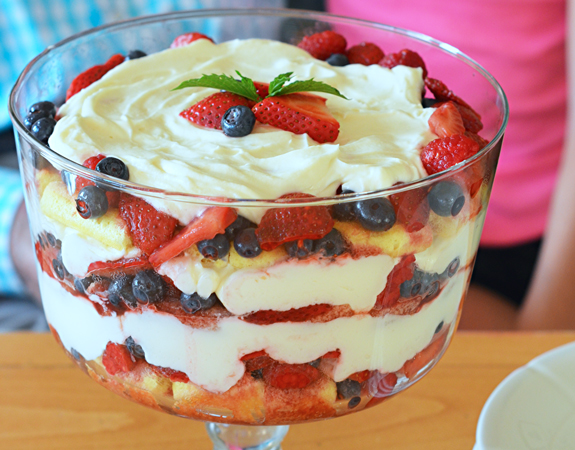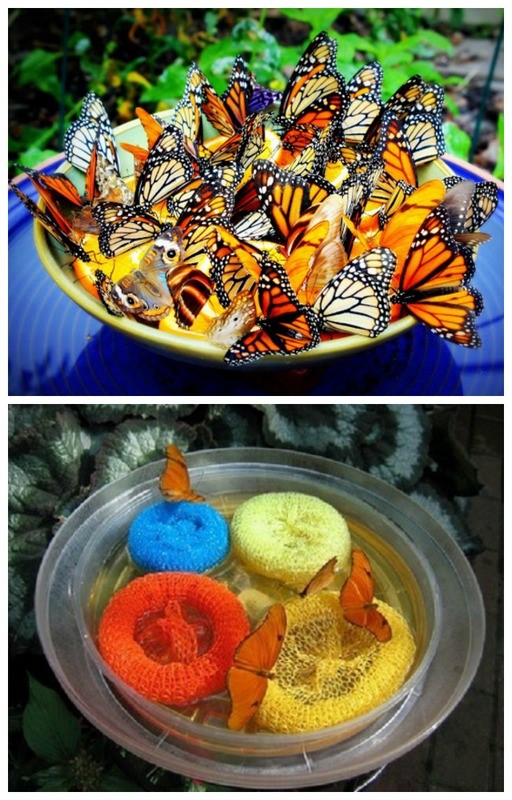Best Summer Berry Trifle
Berry trifles are wonderful summer desserts — they’re simple, gorgeous and you can make them ahead of time. Here’s the key to making them taste as good as they look: don’t use imitation whipped cream, instant pudding or store bought cake! No need to make everything from scratch either. After many trials, I discovered three cheats for making a delicious and easy trifle: (1) store bought lady fingers are just as good (in fact, better) than homemade cake, (2) an easy cream cheese-whipped cream filling makes an excellent substitute for homemade pudding, and (3) tossing the berries with a good quality raspberry jam enhances the fruit flavor and creates a delicious syrup that melds the trifle together. This one is perfect for the 4th!
Ingredients
- 3/4 cup (8 oz) seedless raspberry jam
- 1 quart (1-1/2 pounds) strawberries, hulled and cut into 1/4-inch slices
- 1 pint (12 oz) raspberries
- 1 pint (12 oz) blueberries
- 16 ounces cream cheese (preferably Philadelphia brand), at room temperature
- 1-3/4 cups confectioners’ sugar
- 1-1/2 cups heavy whipping cream, cold
- 1 teaspoon vanilla extract
- 1 (7 oz) package crisp lady fingers (also called savoiardi biscuits)
- Fresh mint spring, for garnish (optional)
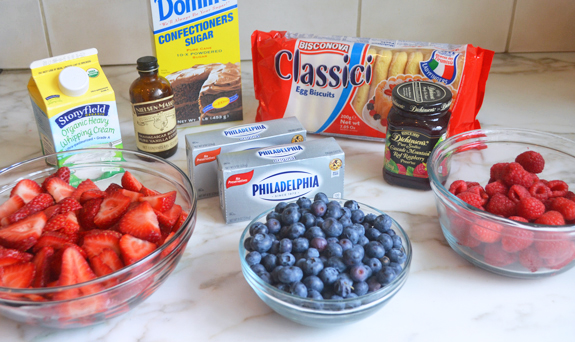
To begin, warm the raspberry jam in the microwave. Toss it with the berries and let it sit while you prepare the rest of the trifle.
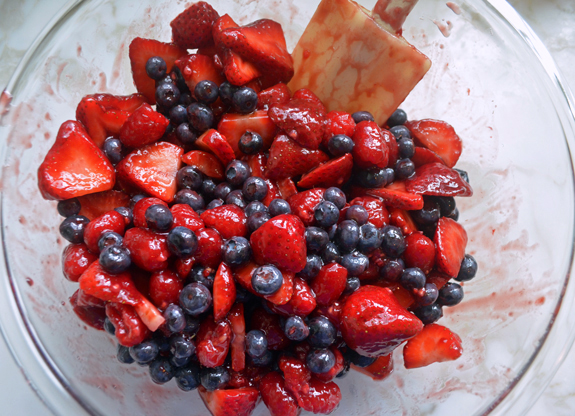
Beat the heavy cream until stiff peaks form, then set aside.
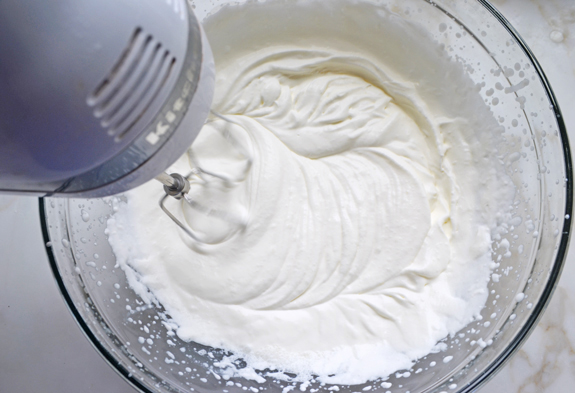
In a large bowl, beat together the softened cream cheese and Confectioners’ sugar.
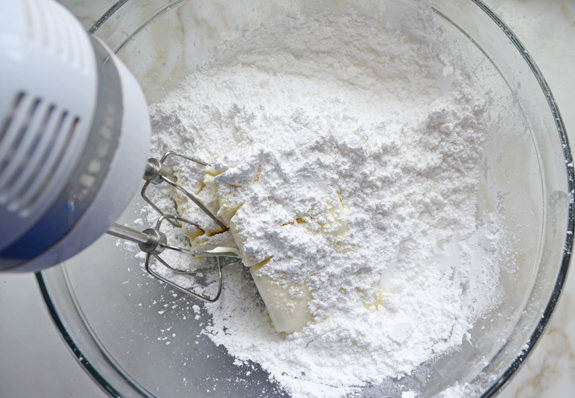
Add the vanilla and beat until smooth and creamy.
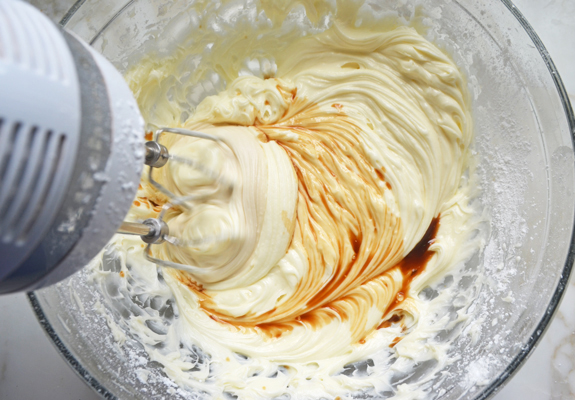
Beat in a third of the whipped cream, then add the rest to the bowl and fold in with a large rubber spatula.
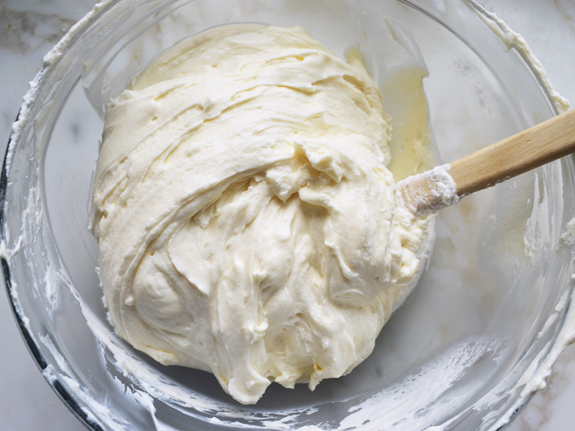
To assemble the trifle, begin by layering the lady fingers in the bottom of the trifle dish.
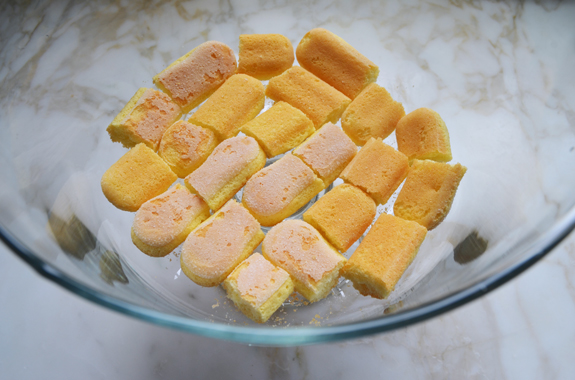
Top with a third of the berry mixture.
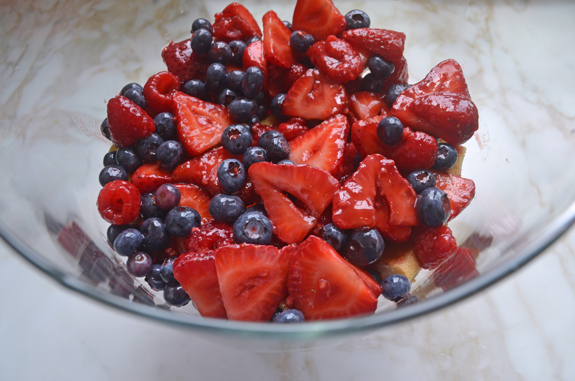
Followed by a third of the cream.
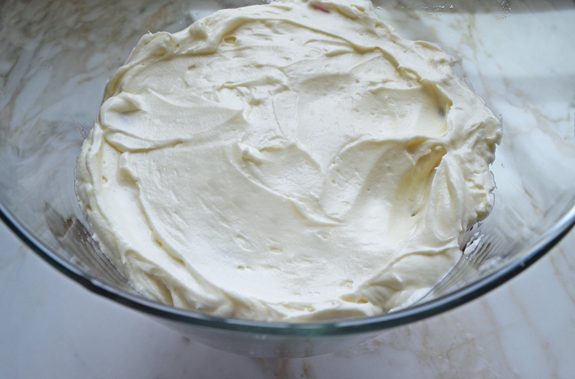
Continue alternating until all of the ingredients are used up, ending with the cream.
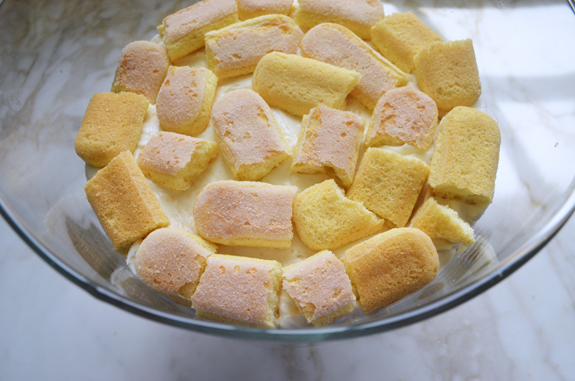
Let the trifle chill for at least 8 hours, then top with some fresh berries and a spring of fresh mint, if desired.
